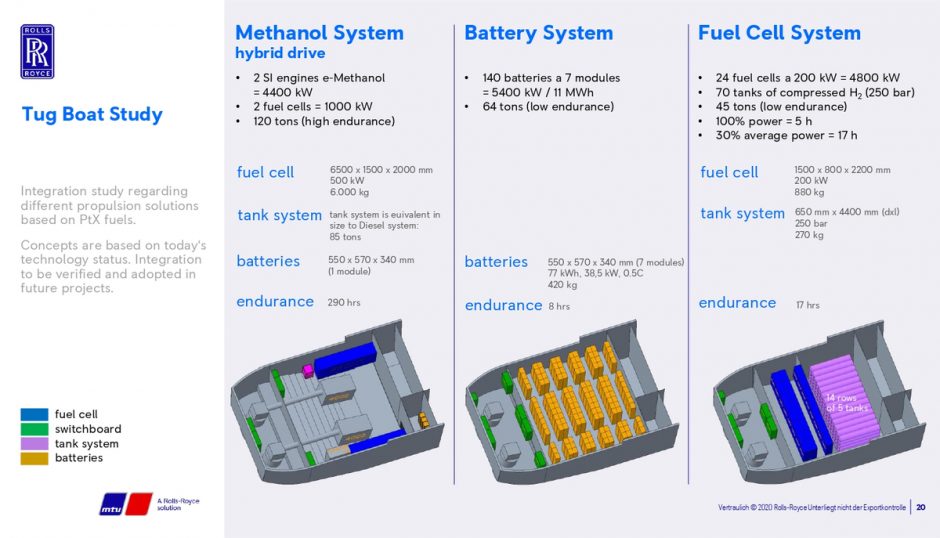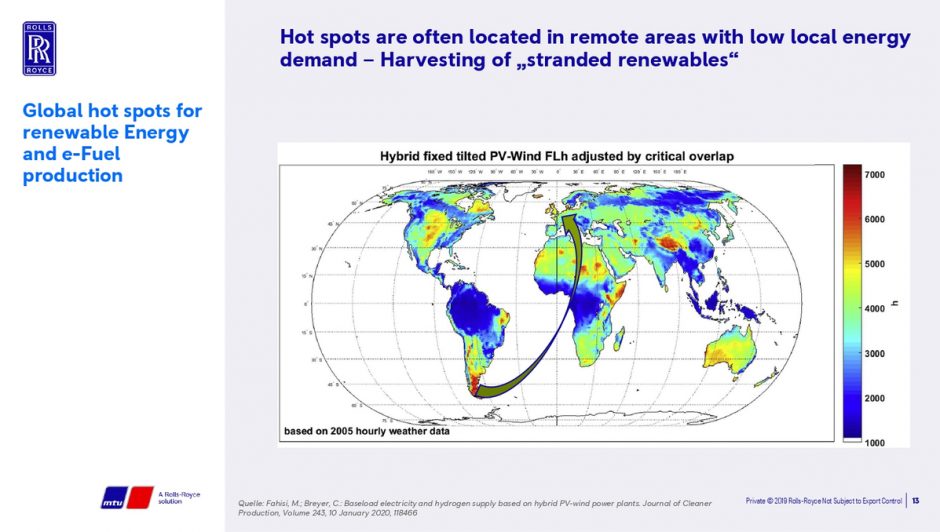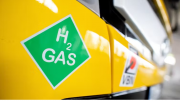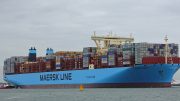It is often said that every day is a school day, and I certainly learned some lessons from a webinar on 12 November featuring speakers from MTU, part of Rolls-Royce Power Systems.
First, I heard some sensible estimates of the operational duration possible with some alternative power options and the physical weight of the onboard hardware to deliver it and, second, I learned that Patagonia in southern South America is a potential source of future renewable energy for shipping. The webinar, titled ‘The maritime energy transition – Power-to-X as a key element for green shipping’ was hosted by the publication Ship & Offshore to explore how renewable electrical power could be converted into other forms of energy storage for use onboard. It included a case study that considered three energy options for a tug: methanol fuelled engine/fuel cell hybrid; batteries; and fuel cells. As you can see from the illustration, which I have taken from the presentation, a methanol engine/fuel cell hybrid system using two internal combustion engines, two fuel cells and supporting batteries, would weigh 120 tonnes, including fuel tanks. This would give the tug 290 operational hours.

A case study shows a wide range of system weights and endurances for various alternative energy systems (image: Rolls-Royce Power Systems)
For a fuel cell-only system, with 24 cells fuelled by compressed hydrogen, the system weight is just 45 tonnes but this provides only 17 hours of operation, at 30% average power. If run at 100% power, only five hours can be achieved. As for batteries, they would weigh 64 tonnes and provide just eight hours of operation. So why not install more batteries, since they weigh so much less than the hybrid alternative? That is “quite simple” to answer, said Stefan Müller, director of MTU’s Application Center for marine and naval applications. “We are just not able to integrate more batteries and converter systems into the existing space,” he explained. His assessment of this study was that although there might be a range of options available for a vessel design, each will have “cost implications, technical implications and operational implications.” I have written previously at the bunkering space needed for some alternative fuels, but I have never before seen total system weights and volumes assessed against endurance but, on the evidence of this study, that should be a vital first step in ruling in or out some options being considered. Now – and this is a sentence I have never written before – come with me to Patagonia. Much has been said about how alternative fuels might be produced using green electricity as a means to meet IMO’s emissions goals, but I have heard little and written less about where that electricity would be generated and its implications for power-to-X as a sustainable ship powering strategy. But Dr Daniel Chatterjee, director of Rolls-Royce Power Systems’ ‘Green- and High-Tech Programme’, has thought about this and presented a ‘heat map’ from an analysis published in January in the Journal of Cleaner Production. This identifies regions based on the number of hours per year of available wind or solar energy and shows Patagonia as bright red.

This makes it an attractive region to produce liquid hydrogen using renewable wind energy, he said, and compared it with producing e-hydrogen in Germany. Even taking into account the transport energy involved, there is a considerably better ‘energy harvesting ratio’ from using the Patagonian e-hydrogen than the locally sourced equivalent. “It’s maybe not as inefficient as it sounds from the first glance,” he said. He also pointed out that the parts of the world highlighted on the map as having high renewable energy potential are very different from the traditional energy-supplying regions in the oil-producing parts of the world. By his analysis, this opens up the potential for what he called ‘stranded renewables’ to be harvested in, for example, Africa and Australia, so “we now have many more regions that can benefit [from] that economy. … I think that makes it very attractive on a global scale.” We should not pretend that these alternative fuels can surpass many of fossil fuels’ attributes. We will have to accept, for example, that none can match oil’s energy density. Mr Müller presented a chart showing seven potential electrically-produced energy sources – from batteries to ammonia – and assessed their merits against diesel fuel, based on system weight and space, CAPEX, OPEX, safety, endurance and charging time. Not one of the fuels came out better than oil on any of those measures. But, as Mr Müller put it, “working towards CO2 neutrality is not a ‘nice to do’, it should be taken as a ‘must do’.” He is, of course, right, and he and Dr Chatterjee focused some much-needed attention on where and how e-fuels fit into the debate about future fuels.





